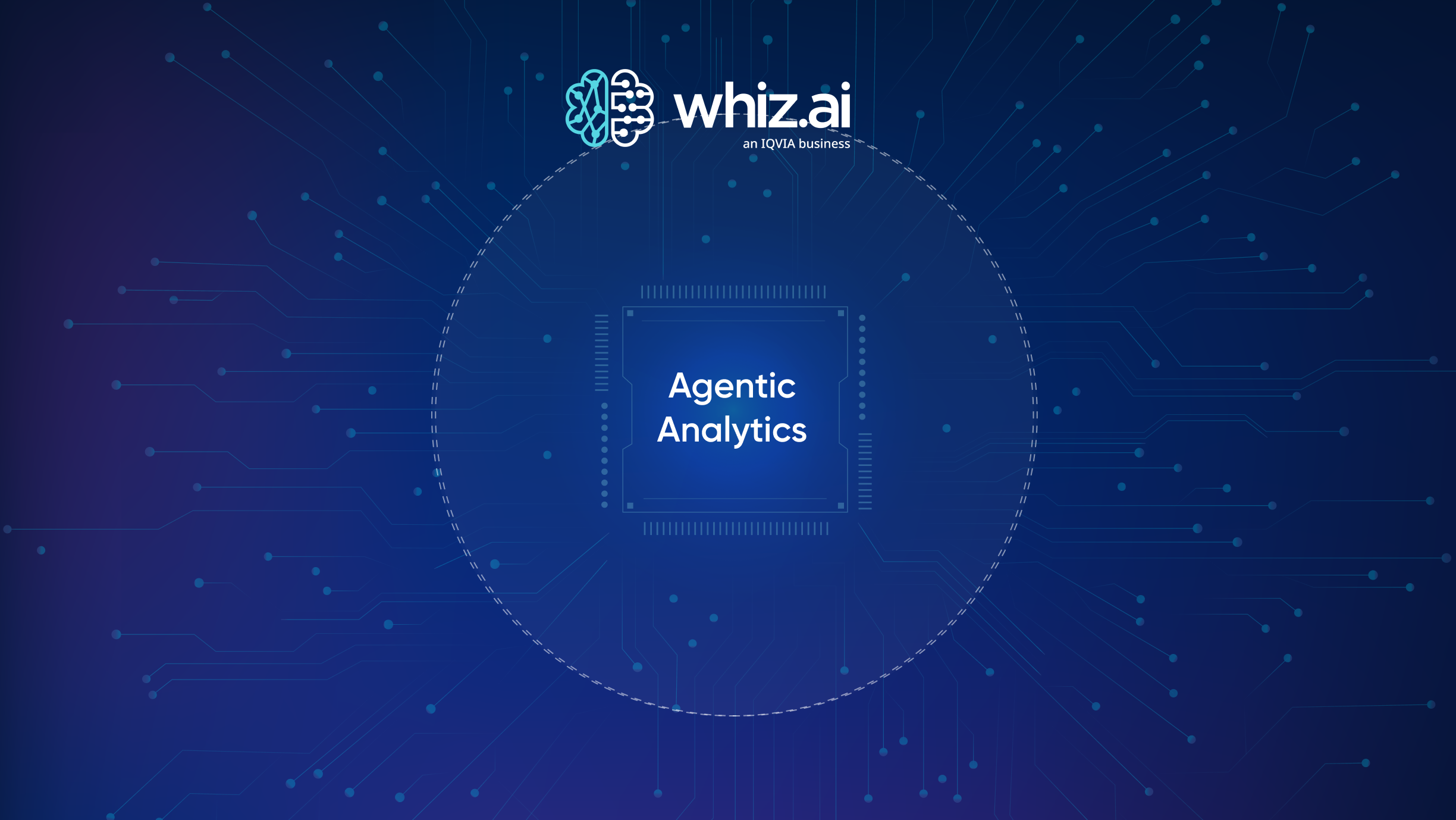The Top 7 Challenges with Life Sciences Commercial Analytics


Life sciences and pharmaceutical organizations are at the forefront of a data revolution. Commercial teams rely on insights to engage healthcare professionals (HCPs) effectively, refine strategies, and drive better outcomes. However, traditional analytics tools often fall short in providing actionable, timely, and contextual insights.
This blog explores the challenges of life sciences analytics and how AI-driven platforms are empowering teams to overcome these obstacles, streamline operations, and maximize the value of their data.
Breaking Barriers: 7 Critical Challenges in Life Sciences Analytics
1. Delayed Data to Insights
One of the most significant hurdles is the lag between data acquisition and actionable insights. Traditional business intelligence (BI) tools rely on dashboards that can take weeks or months to develop. This delay hampers timely decision-making, making it challenging for commercial teams to capitalize on emerging opportunities.
2. Lack of Domain-Specific Solutions
Generic analytics platforms designed for multiple industries fail to address the nuances of the life sciences sector. Without domain-specific functionality, these tools often provide irrelevant or incomplete insights, leaving commercial teams without the granular information needed to make informed decisions.
3. Data Silos and Integration Nightmares
Life sciences organizations handle diverse data sources, including real-world data (RWD), market access data, and patient-level claims. Integrating these data sets into a unified analytics platform requires overcoming challenges like siloed information, interoperability, and compliance with stringent industry regulations.
4. Data Quality Issues
The quality of insights directly depends on the quality of data. Inconsistent formats, errors, and missing data lead to unreliable analytics, undermining trust in the insights generated. Cleaning and validating data manually is time-consuming and resource-intensive.
5. High Demand for Data Expertise
With limited access to skilled data scientists, life sciences companies struggle to meet the demands of their commercial teams. Traditional tools often require extensive technical expertise, slowing down the process of generating insights and creating a bottleneck in analytics workflows.
6. Data Security and Governance Requirements
Handling sensitive data in life sciences demands robust security and compliance measures. Balancing access for commercial teams with data protection is a complex task, particularly when using outdated analytics tools without advanced governance features.
7. Low User Adoption
Complexity, slow insights, and irrelevant data lead to low user adoption of traditional analytics tools. When commercial teams find tools difficult to use or unhelpful, they revert to intuition-based decision-making, reducing the return on investment (ROI) in data analytics.
The AI Advantage: How Next-Gen Platforms Are Changing the Game
An AI-powered analytics platform purpose-built for life sciences addresses these challenges head-on. Here’s how:
1. Faster Time to Insights
AI-driven platforms analyze billions of data points in seconds, providing instant answers to complex queries. Users can ask natural language questions and receive actionable insights on demand, significantly reducing the time to insights.
2. Domain-Specific Understanding
Pre-trained AI models specifically designed for life sciences ensure accurate, contextually relevant insights. These platforms understand industry-specific terminologies and data structures, delivering actionable information tailored to commercial teams’ needs.
3. Data Harmony Through Seamless Integration
Modern AI platforms integrate seamlessly with legacy systems and external data sources, breaking down silos. This creates a centralized analytics hub, ensuring all stakeholders access consistent and comprehensive insights.
4. Enhanced Data Quality and Consistency
AI automates data cleansing and validation, ensuring high-quality datasets. Advanced algorithms detect anomalies and inconsistencies, maintaining a single source of truth across the organization.
5. Reduced Dependence on Data Teams
With user-friendly interfaces and self-service capabilities, AI platforms empower non-technical users to explore data independently. Commercial teams can generate insights without waiting for IT or data teams, improving efficiency and agility.
6. Robust Security and Governance
AI platforms include built-in security features, such as encryption and role-based access controls. Granular governance frameworks ensure compliance with industry standards while providing the flexibility needed for operational efficiency.
7. Improved User Adoption
Conversational AI interfaces make analytics accessible to all users, regardless of their technical expertise. By providing relevant, real-time insights in an intuitive format, AI platforms drive higher user adoption and engagement.
The Vision for Life Sciences Commercial Analytics
The future of life sciences analytics lies in leveraging AI to turn data into actionable insights effortlessly. By addressing the limitations of traditional tools, AI-powered platforms enable commercial teams to make smarter, faster decisions and foster a culture of data-driven success.
WhizAI’s life sciences analytics platform is leading the charge, delivering domain-specific insights and transforming how teams engage with data. Whether it’s field sales analytics, market access, or strategic planning, WhizAI empowers life sciences organizations to unlock their data’s full potential.
Ready to elevate your analytics strategy? Learn more about how WhizAI is shaping the future of life sciences analytics and book a demo today.
FAQs
1. How can AI analytics help reduce the cost of commercial analytics in life sciences?
AI streamlines processes, automates repetitive tasks, and reduces dependency on data teams, lowering the total cost of ownership (TCO).
2. How do AI analytics help align sales and marketing strategies in life sciences?
AI delivers actionable insights, enabling sales and marketing teams to collaborate effectively and refine their strategies based on real-time data.
3. What metrics should life sciences companies track to measure the success of AI analytics?
Metrics include time to insights, user adoption rates, ROI improvements, and the impact on sales and marketing outcomes.
4. Can AI in commercial analytics be customized to fit specific areas in life sciences?
Yes, AI platforms can be tailored for specific use cases like field sales, market access, and patient services, ensuring relevance and value for all teams.


Subscribe to our blog








.png)






.avif)



.png)